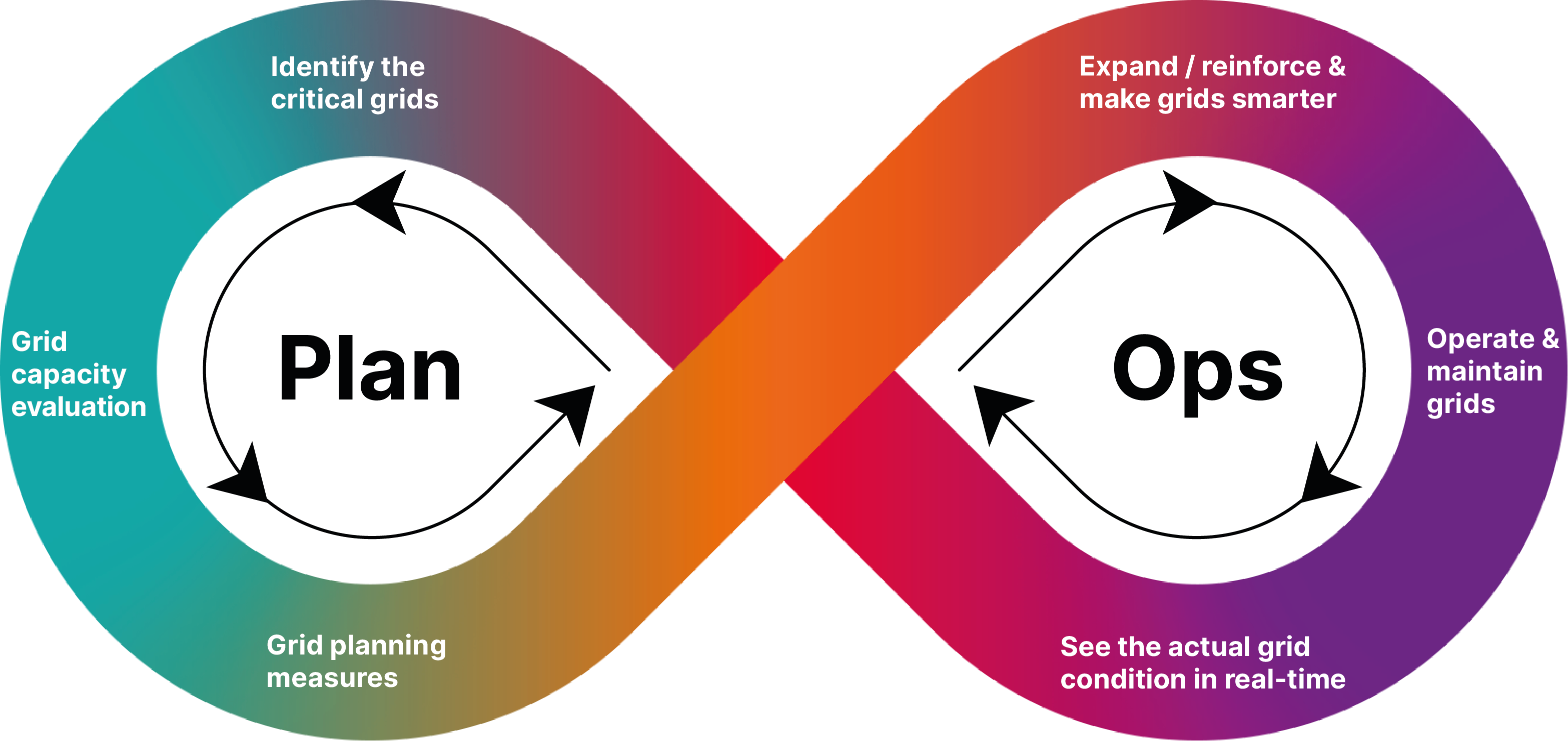Technical departments have structurally different tasks and requirements, which is why they often work separately – with their own grid models, minimal data exchange, and little process alignment. In the past, this didn't pose much of a problem, because as the interdependencies between departments were not yet important. But today, grids are operating closer to their technical limits, and decisions in one area directly impact others – for example, when flexibility measures can defer some short-term grid expansion strategies.
The solution: The PlanOps approach
Inspired by the DevOps model from IT, PlanOps fosters continuous collaboration between grid planning and operations. Its foundation is the digital twin of the grid: a unified grid model that is continuously updated with real-time data and made available across departments.
The PlanOps approach ensures that decisions are made more quickly, based on data, and with better coordination..
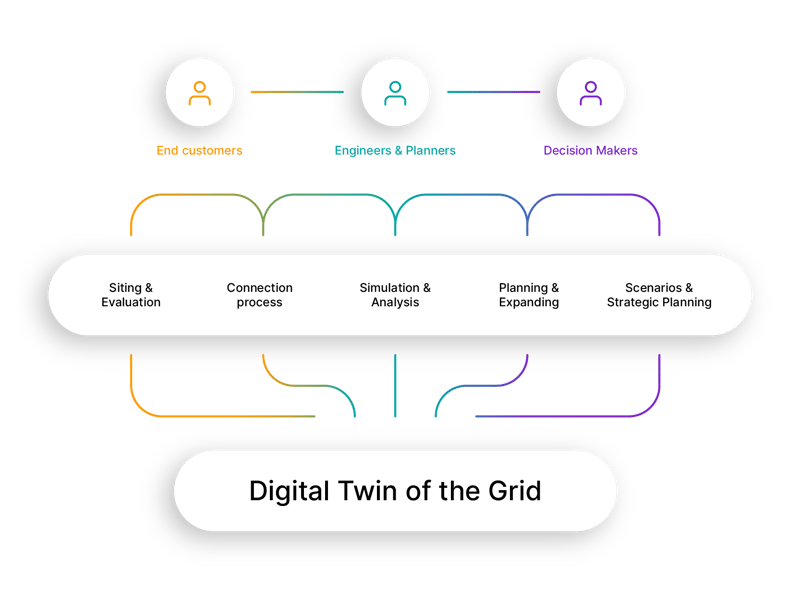
PlanOps in practice: Where this approach makes all the difference
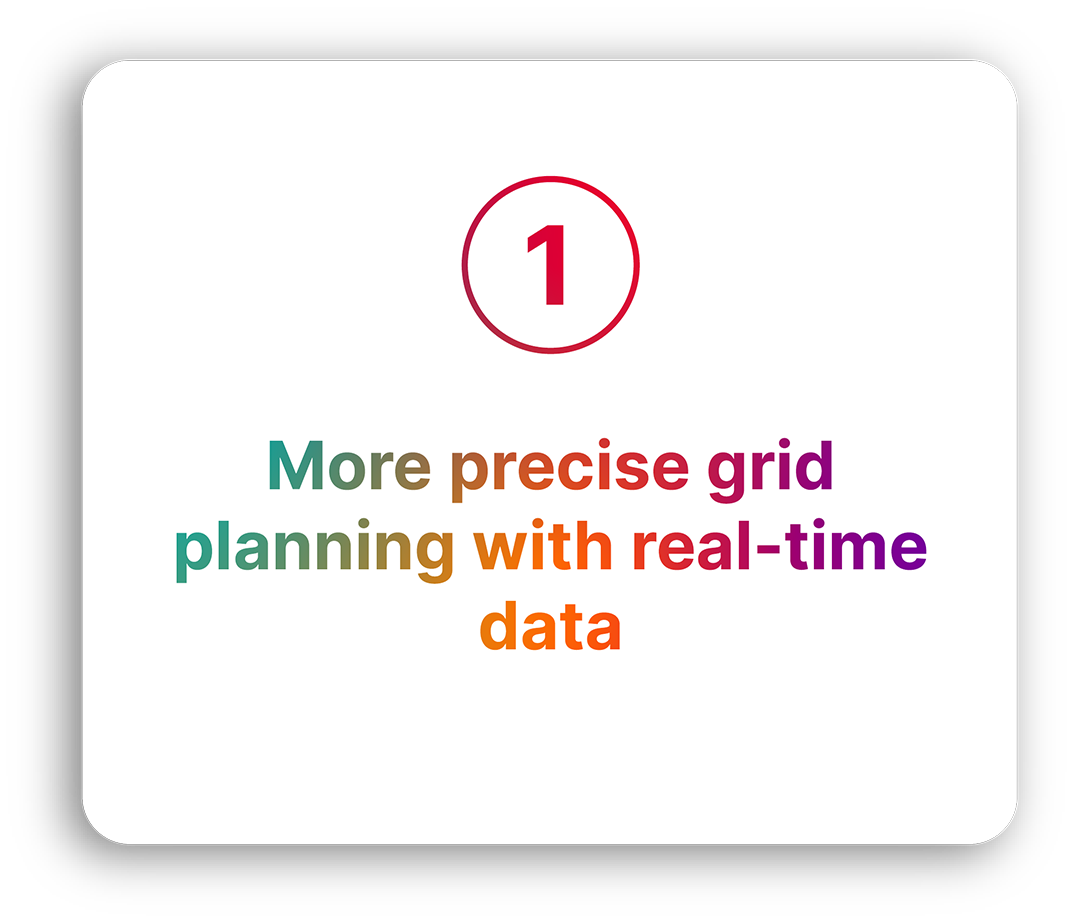
Grid planners make decisions every day that will impact the distribution grid for years. Yet these decisions are often based on static models or theoretical forecasts that don’t reflect actual grid conditions. Without accurate data, there’s a risk that reinforcement measures will be misprioritized or existing bottlenecks overlooked.
How PlanOps helps:
PlanOps ensures that planners no longer have to rely on assumptions but can instead incorporate live operational data. Instead of relying on safety margins, they can identify where the grid is truly reaching its limits – and take targeted, data-driven action.
How this works with envelio:
- Online Monitoring provides live data on voltages and power flows.
- Grid Planning uses real-time data for accurate capacity evaluations.
- Grid Study simulates future grid loads.
- Grid Transparency ensures the grid model is continuously updated.
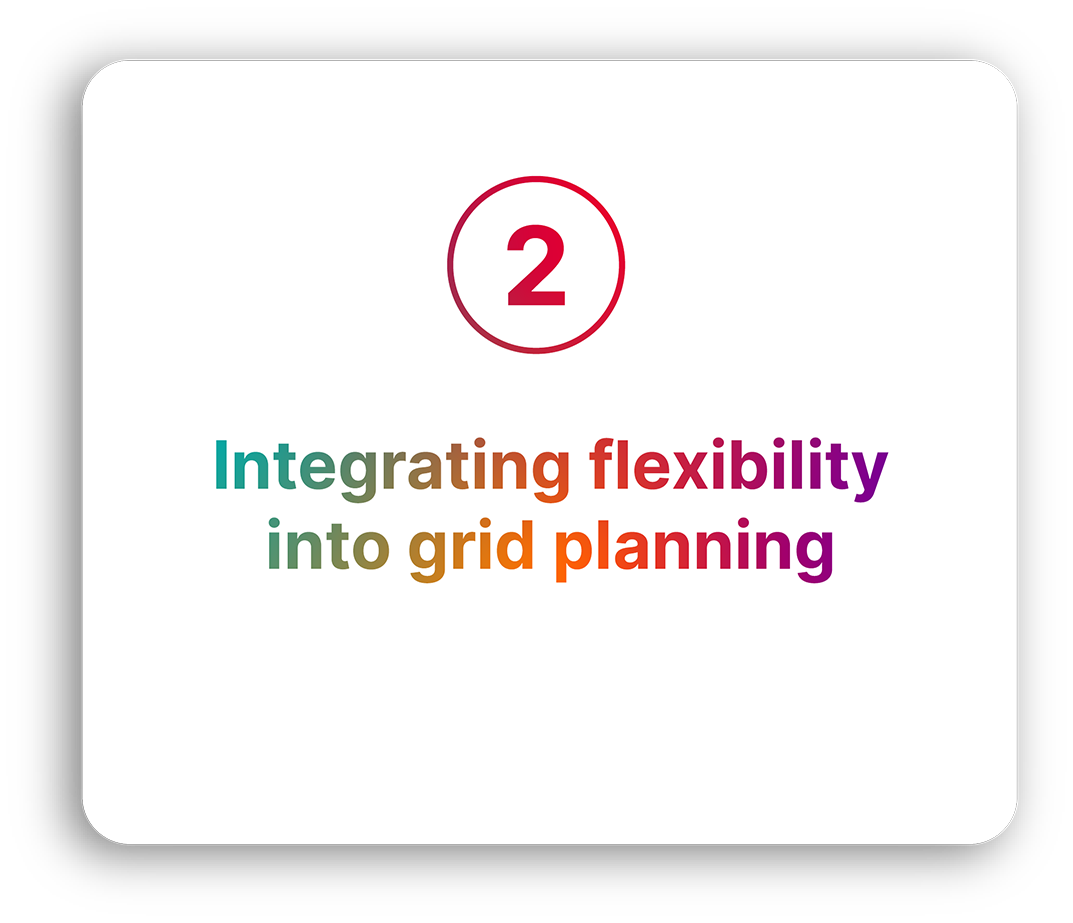
Heat pumps, EV chargers, rooftop PV – connection requests are growing rapidly, and planners must respond to rising grid loads. The key question is: Is grid reinforcement really necessary at this point or can flexibility measures unlock enough capacity to accommodate new connections without immediate major investment?
How PlanOps helps:
PlanOps ensures that planners can factor in flexibility as a viable alternative. Instead of defaulting to expansion, they can first assess whether smart control measures would create sufficient capacity and allow to connect new consumption and generation systems without reinforcing the grid first.
How this works with envelio:
- Connection Request evaluates flexibility for specific connection requests.
- Grid Planning compares flexibility options to traditional reinforcement.
- Grid Study shows the role of flexibility in projected grid development.
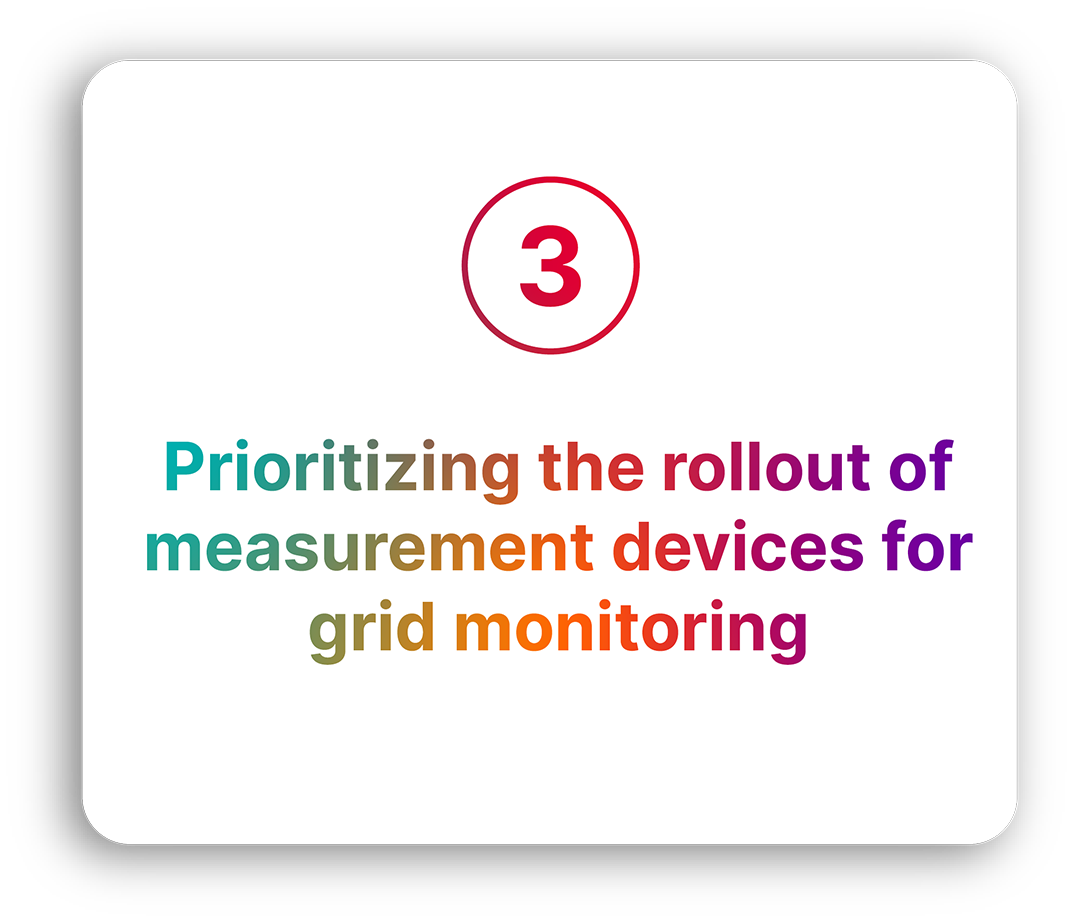
Measurement equipment is expensive and its installation takes time and skills – two resources that are scarce. Grid analysts and asset managers must make an informed decision, where new measurement equipment will deliver the most value. But without reliable data, installation locations are often chosen based on fixed rules rather than actual need.
How PlanOps helps:
With PlanOps, the deployment of measurement equipment is data-driven. Instead of installing devices arbitrarily, planners can first analyze: Where do simulations based on current planning principles indicate existing overloads? Where do we expect strong growth in generation or consumption in the near or not so near future? This allows to palce measurement devices exactly where they will help uncover grid issues early.
How this works with envelio:
- Grid Transparency analyzes grid load based on current planning assumptions.
- Time-Series Control Center evaluates existing measurement data to assess current grid conditions.
- Grid Study identifies grid areas with expected future overloads, supporting proactive sensor deployment.

Regulations differ but in many cases grid connection requests for consumption systems such as heat pumps and wallboxes can no longer be denied but they are allowed to be controlled on the grid-side. This requires the right grid infrastructure: measurement points, communication paths, and control systems. Often, though, it’s not until the grid compatibility check is performed that it is realized control measures will be needed soon – and that prerequisites are missing.
How PlanOps helps:
PlanOps brings grid operations into the loop early whenever planning indicates a foreseeable need for control measures. This turns planning knowledge into operational action: Operations teams know where and when control will be required and can take early steps – from validating data to rolling out infrastructure for measuring.
How this works with envelio:
- Connection Request flags early where control measures will be needed.
- Online Monitoring assesses technical controllability in each grid .
- Data Management ensures the data needed for control is available and reliable.
Curious how to bring planning and operations closer together? Book a consultation and learn how our solutions can optimize your processes!
The advantages of PlanOps at a glance
Decisions based on real-time data
Grid planning is no longer based on assumptions but rather on real operational data. This way, you can predict bottlenecks early and take proactive mitigating measures.
Faster grid-related measures
With closer coordination between planning and operations, grid constraints are identified and prioritized sooner. And you take action exactly where it’s needed most.
Less coordination effort between teams
All relevant data flows into a central grid model. Manual processes are reduced, and connection assessments and expansion decisions are made faster.
Does this sound interesting?
If you want to learn how the PlanOps approach can be implemented in your organization, book a meeting with our PlanOps experts today – no strings attached.
Ihr Kontakt
Dr. Tobias Falke
VP Global Sales & Marketing



